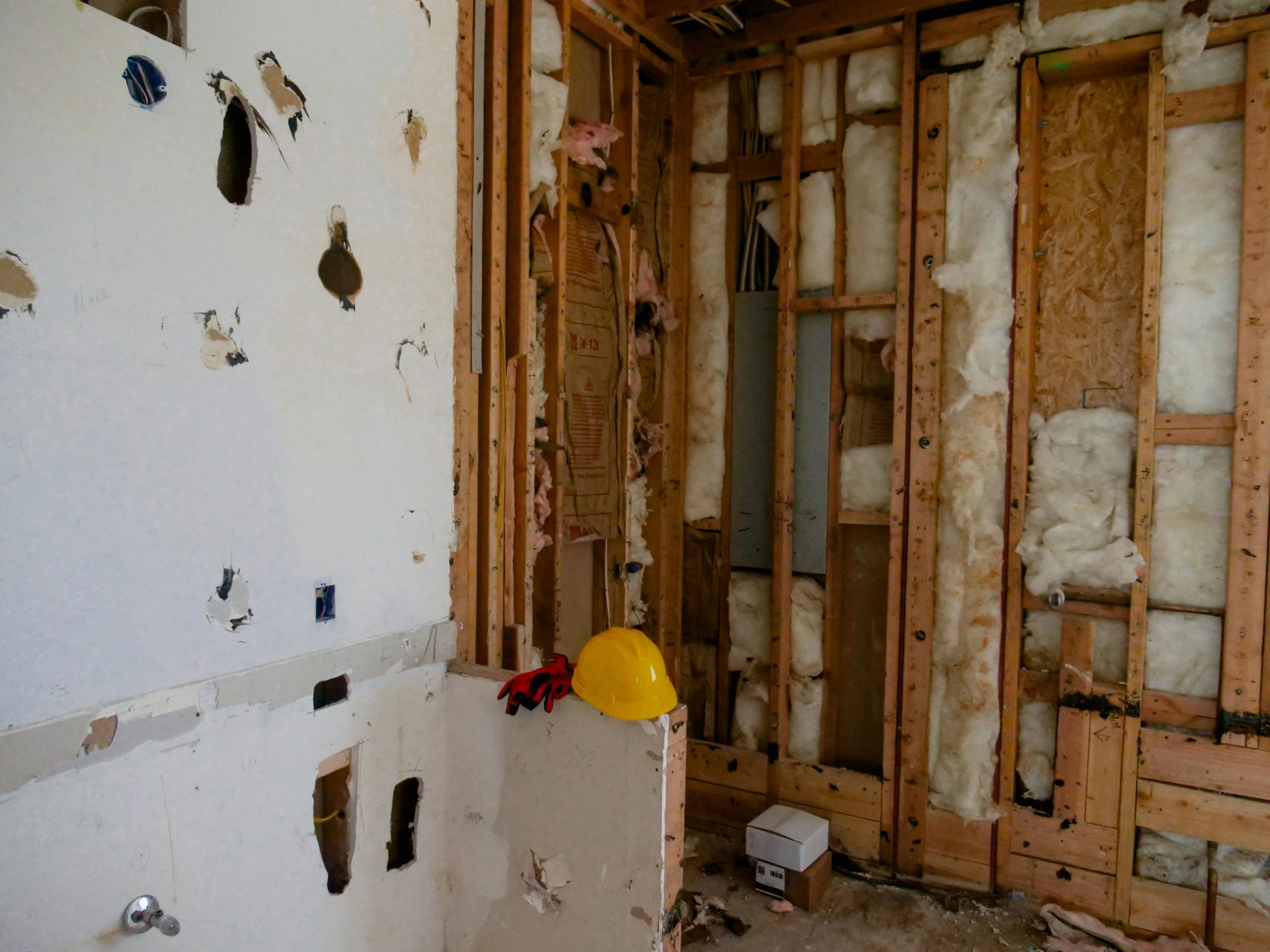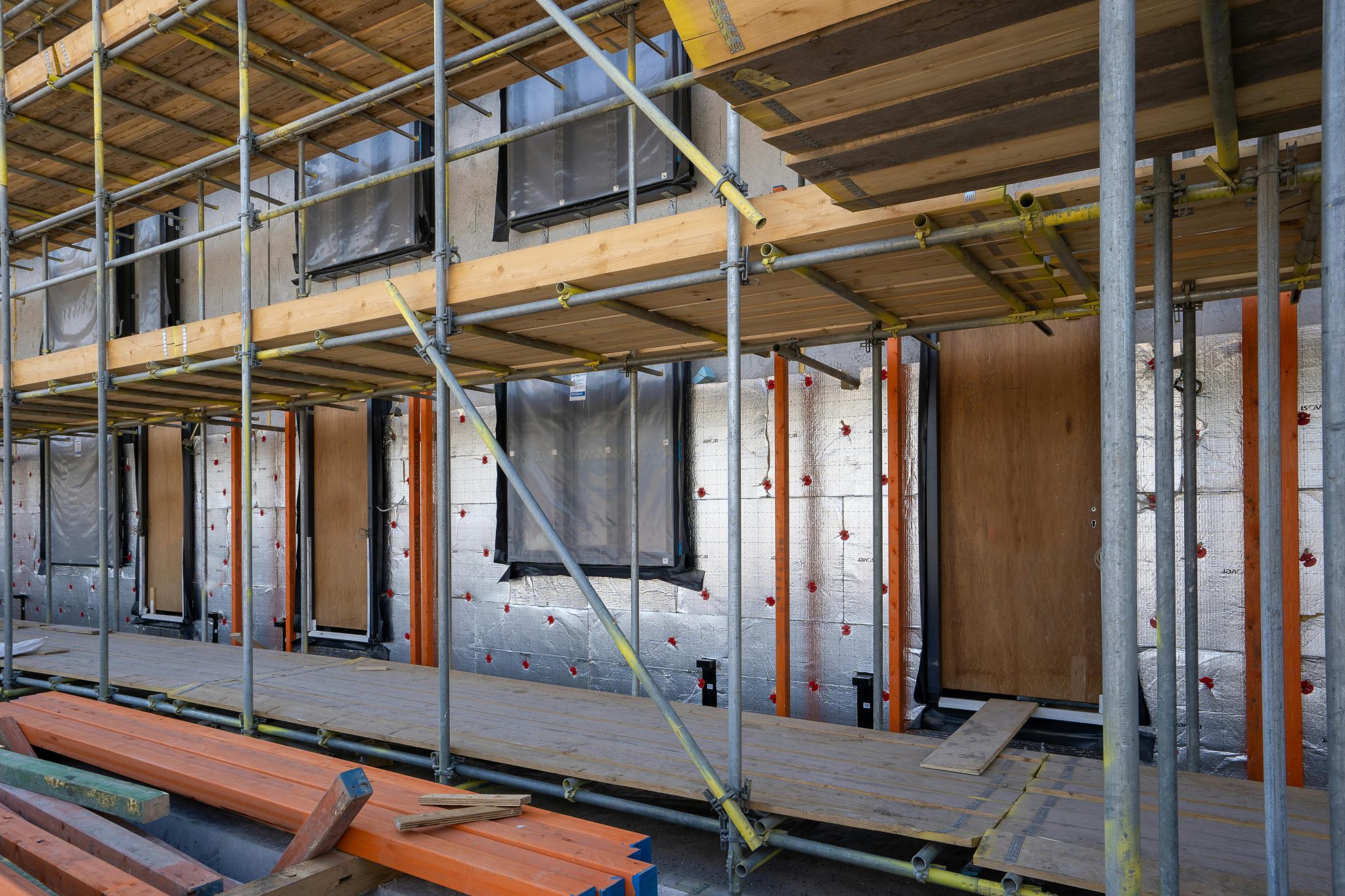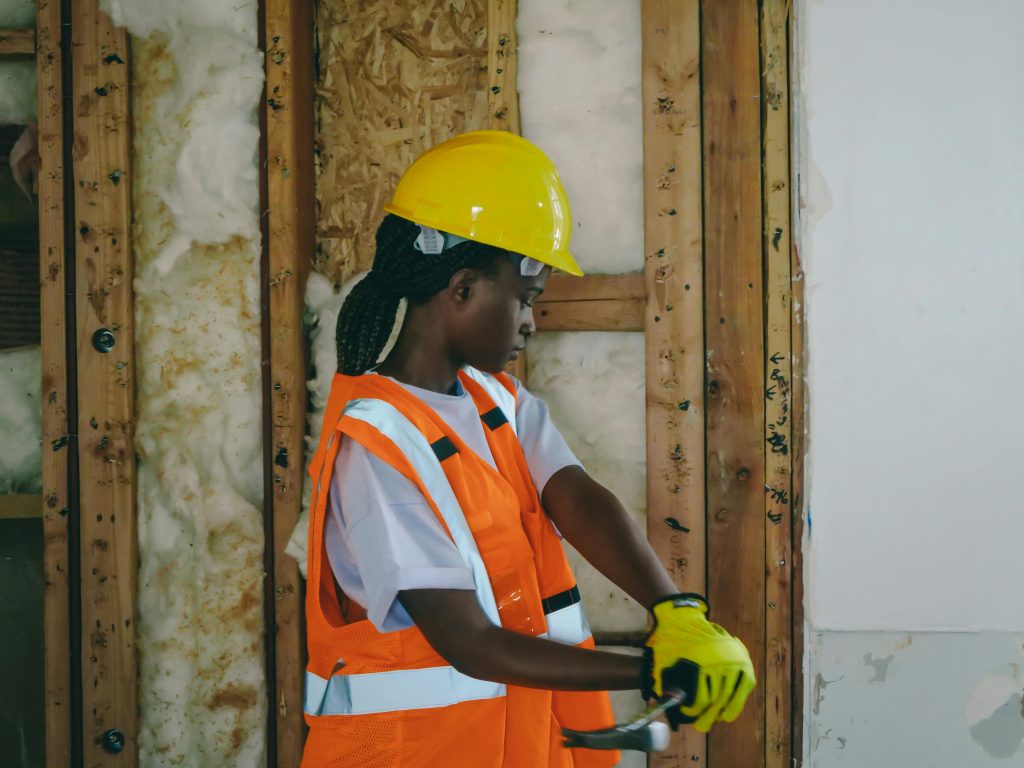The design and construction of modern buildings rely heavily on structural integrity, energy efficiency, and occupant comfort. One key element that often goes underappreciated is thermal management. High-quality thermal solutions are not just about keeping temperatures stable; they also play a pivotal role in enhancing a structure’s overall performance. Let’s explore how investing in quality thermal solutions can lead to significant improvements across various facets of building design and construction.
1. Enhanced Energy Efficiency
High-quality thermal solutions reduce energy consumption by limiting heat transfer. This is particularly important in buildings that rely heavily on HVAC systems for temperature control. When insulation materials, like those offered by Bluetex Insulation, are designed to effectively minimise thermal bridging, the energy demand for heating and cooling diminishes considerably. This not only lowers utility bills but also contributes to a building’s sustainability profile.
• Case in Point: A study from the Carbon Trust highlights that buildings equipped with superior insulation can save up to 35% on heating and cooling costs.
2. Improved Comfort Levels
Thermal solutions significantly contribute to the comfort of a structure’s occupants. When the internal environment remains stable, the likelihood of hot or cold spots diminishes. Quality insulation creates a consistent thermal milieu that enhances overall indoor comfort. This is especially vital in spaces where people spend considerable amounts of time, such as schools, offices, and homes.
• Key Insight: Factors like radiant heat and convective currents can be effectively managed by selecting the right thermal materials.
3. Structural Longevity

High-quality thermal solutions not only improve comfort but also extend the lifespan of the structure itself. Effective thermal insulation can prevent moisture build-up, a common cause of structural degradation. When buildings experience severe temperature swings, materials can expand and contract, leading to cracks and deterioration.
• Impact: By maintaining a stable thermal environment, structural components suffer less stress, reducing the risk of costly renovation or repair work down the line.
4. Moisture Control
Moisture management is another critical aspect of structural performance. Quality thermal solutions limit the risk of condensation and moisture ingress. High-performance insulation materials not only reduce heat loss but also serve as barriers against cold surfaces where moisture can accumulate.
• Example: Incorporating vapour barriers alongside high-quality insulation helps create a more resilient building envelope. This approach not only protects the materials within but ensures that occupants enjoy a healthy atmosphere, free of mould and mildew.
5. Fire Safety
Fire safety regulations in building design are continually evolving, and thermal solutions have become crucial in enhancing fire resistance. High-quality insulation materials can help slow the spread of fire, providing valuable time for occupants to evacuate and for emergency services to respond.
• Consideration: Non-combustible materials or those with a high fire rating can be integrated into the building’s insulation strategy, ensuring compliance with safety codes and standards.
6. Acoustic Performance

While not typically considered an explicit feature of thermal solutions, sound insulation often goes hand-in-hand with thermal insulation. Quality materials can significantly reduce external noise and improve a building’s acoustic performance, contributing to a more serene living and working environment.
• Benefit: The use of multi-functional insulation not only keeps spaces energy-efficient but also creates a more peaceful atmosphere, an essential factor for productivity in office spaces or tranquility in residential settings.
Conclusion
As we have explored, high-quality thermal solutions offer multiple avenues for improving structural performance. From enhanced energy efficiency and comfort levels to moisture control and fire safety, the advantages of investing in superior thermal management cannot be overstated. The evolution of materials, like those found in offerings such as Bluetex Insulation, showcases how technological advancements can significantly promote these benefits.
Building designers and architects must recognise the importance of these solutions to better the longevity and viability of their projects. By thoughtfully selecting insulation and thermal management strategies, it is possible to create spaces that are not only energy-efficient but are also safe and comfortable for their occupants.
In today’s world, where sustainability and performance are crucial, understanding the scope of high-quality thermal solutions isn’t just a benefit—it’s a necessity. Every decision made at the design stage will ripple through the building’s lifecycle, impacting everything from construction costs to occupant satisfaction. Investing in quality thermal solutions is not merely a financial choice; it’s a strategic decision that reflects a commitment to constructing resilient, efficient, and comfortable environments for the future.




















